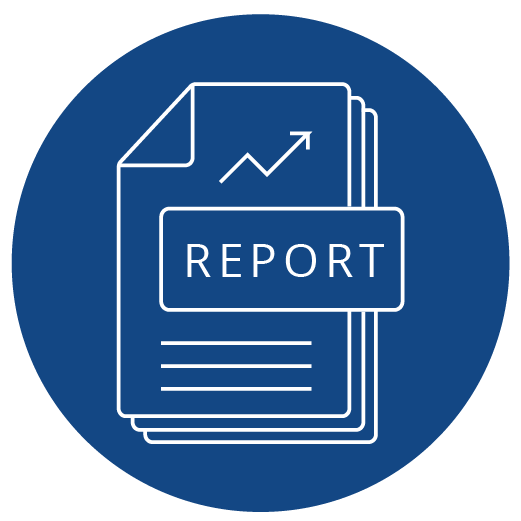Country Profile
Rajasthan, India
Grain Production, Imports, Exports, and Availability
Loading...
All figures (except the amount available in food supply for consumption) are expressed in metric tons.
Source: FAOSTAT, Food and Agriculture Organization (FAO) of the United Nations.
Note: Domestic production of rice is paddy rice. Import and export figures include husked and milled rice.
Legislation, Milling Industry, and Fortification
Loading...
Industrial wheat and maize flour mill: capacity to mill more than 20 metric tons/day
Industrial rice mill: capacity to mill at least 5 metric tons/hour of paddy rice
Source: FFI database.
Note: Estimates may differ from Global Fortification Data Exchange estimates as FFI assumes imported flour/rice is industrially milled. FFI includes imported flour/rice into the total percentage of flour/rice produced in industrial mills and percentage of industrially milled flour/rice that is fortified.
Nutrients Added Through Fortification
Loading...
All nutrient amounts are expressed in parts per million.
Source: FFI database.
Prevalence of Neural Tube Defects, Anemia, and Inadequate Zinc Intake
Loading...
[1] Source: Hannah Blencowe, London School of Hygiene & Tropical Medicine. Personal communication. United Kingdom. 2015.
Note: This figure may not include pregnancy loss or terminations of pregnancies due to prenatal diagnosis of a neural tube defect. With all folic acid interventions in place, the birth prevalence of neural tube defects would be about 6 per 10,000.
[2] Source: World Health Organization. The global prevalence of anemia in 2011. Switzerland. 2015.
Note: Anemia can be caused by many things. Fortifying flour and rice can reduce the risk of anemia caused by nutritional deficiencies. The classification of anemia as a public health problem, according to the World Health Organization is:
≤4.9% No public health problem
5.0-19.9% Mild public health problem
20.0-39.9% Moderate public health problem
≥40.0% Severe public health problem
[3] Source: World Health Organization. The global prevalence of anemia in 2011. Switzerland. 2015.
Note: Preschool children are usually defined as ages 6-59 months.
[4] Source: Wessells KR, Brown KH. Estimating the global prevalence of zinc deficiency: results based on zinc availability in national food supplies and the prevalence of stunting. United States of America. 2012.
Note: Zinc is needed for optimal child health and physical growth and normal pregnancy outcomes. If the probability of inadequate zinc intake is greater than 25%, it is considered an elevated public health concern, according to Conclusions of the Joint WHO/UNICEF/IAEA/IZiNCG Interagency Meeting on Zinc Status Indicators.

